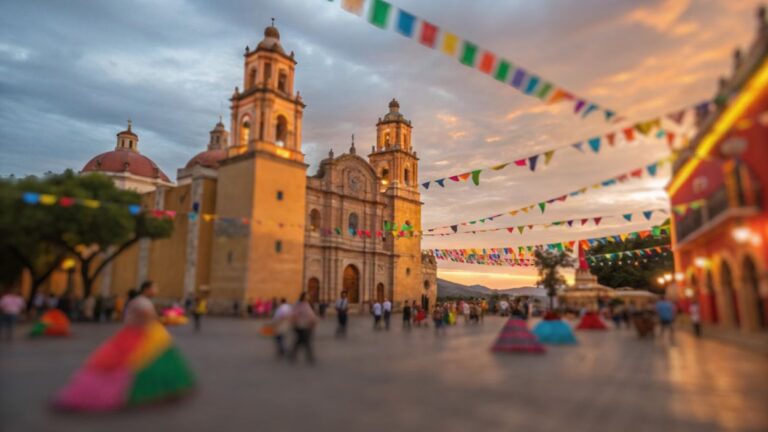What is Terno
The terno is a traditional ensemble originating from the Philippines, recognizable by its unique butterfly sleeves and fitted silhouette. Historically, it was an integral part of Filipino cultural and social life, symbolizing elegance and national identity.
History of the Terno
The roots of the terno date back to the Spanish colonial era when it evolved from other traditional Filipino dress forms like the baro’t saya. Initially adorned by affluent women in society during the late 19th to early 20th century, the terno became a staple for everyday dressing and formal occasions alike.
In the 1940s, the terno underwent a significant transformation, minimizing the number of pieces from the original baro’t saya ensemble to a single dress with the introduction of butterfly sleeves. The fashion revolution was driven by renowned designers such as Ramon Valera, who helped elevate the terno to an iconic status both locally and internationally.
Contemporary Significance
Today, the terno is often worn during formal events, state occasions, and cultural celebrations, symbolizing Filipino pride and heritage. Various modern interpretations have surfaced, blending traditional styles with contemporary designs, yet maintaining the signature butterfly sleeves as a nod to its historical legacy.
Frequently Asked Questions
1. What does the terno symbolize in Filipino culture?
The terno symbolizes national pride and cultural heritage in the Philippines. It represents Filipino women’s elegance and sophistication, often worn during significant cultural events and formal occasions. In addition to the terno, traditional Filipino customs encompass various art forms, such as folk dances and music that highlight the country’s rich history. The connection between these cultural expressions and the enduring legacy of Filipino traditions, like arnis martial arts explained, reflects a deep appreciation for both the aesthetic and practical aspects of our heritage, showcasing the strength and beauty of Filipino identity. As such, the terno serves not only as a fashion statement but also as a reminder of the values and history that bind the nation together.
2. How did the terno evolve?
The terno evolved from the baro’t saya, incorporating elements such as the butterfly sleeves and reducing the ensemble to a singular dress form. Designers in the mid-20th century played a crucial role in popularizing its modern form.
3. Who are some notable designers associated with the terno?
Ramon Valera is among the most notable designers who significantly influenced the modern evolution of the terno, earning recognition for refining its structure and style.
4. When is the terno typically worn?
The terno is typically worn during formal occasions, state events, and cultural festivities where showcasing national identity and elegance is appropriate.
5. How is the terno different from other traditional Filipino dresses?
The terno is set apart by its butterfly sleeves, a key distinguishing feature not found in other traditional Filipino dresses, and its fusion into a single garment from older multi-piece outfits.
“`



